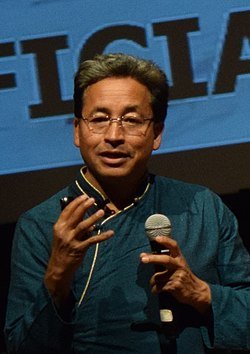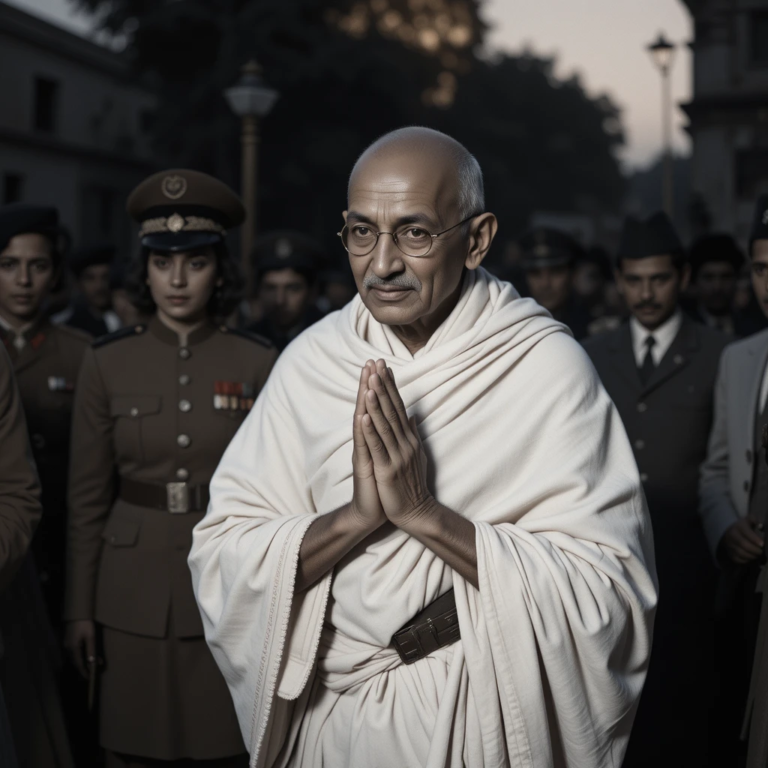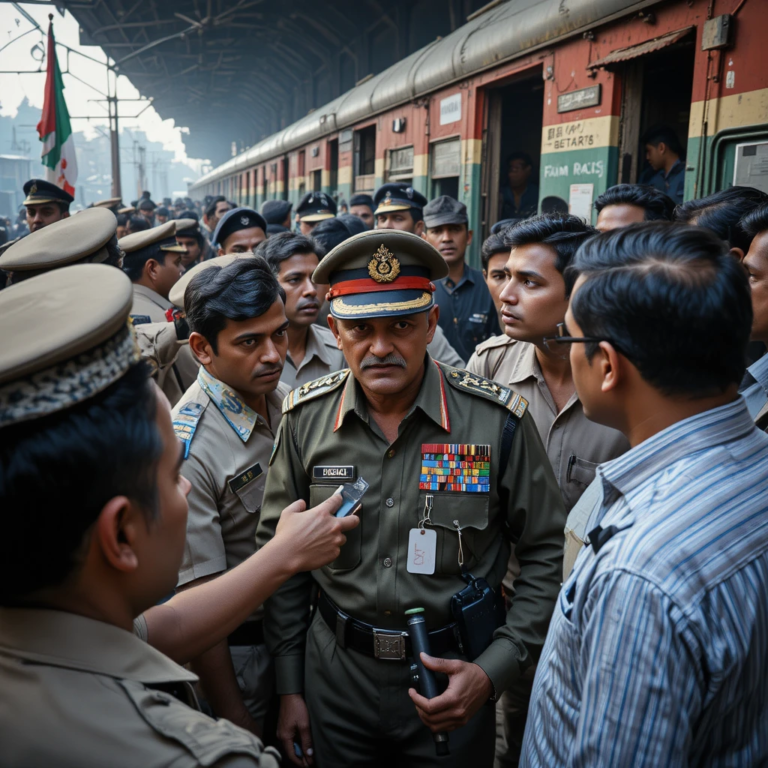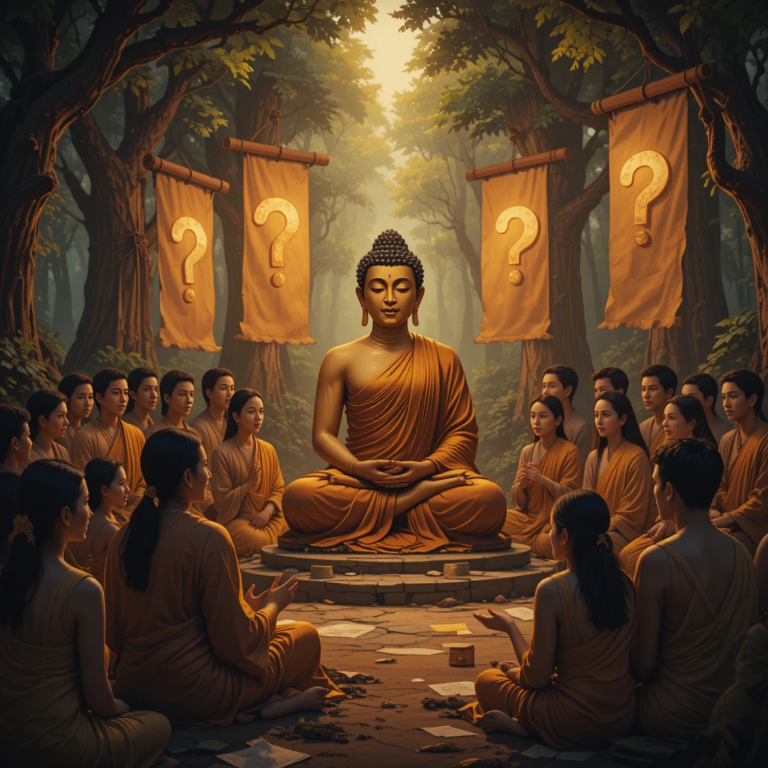Introduction
The advent of television in India represented a significant leap in communication technology, evolving from a modest educational experiment to a dominant force in public information and entertainment. Launched on September 15, 1959, in Delhi—then functioning as the country’s administrative center—this initial broadcast was experimental and aimed at fostering education and development in a young republic. Far from being a product of the 1975-1977 Emergency period under Prime Minister Indira Gandhi, television’s roots were planted much earlier, during the nation-building efforts of the 1950s under Jawaharlal Nehru’s leadership. However, the medium’s trajectory did intersect with the Emergency, where it served as a tool for government messaging amid broader media restrictions.
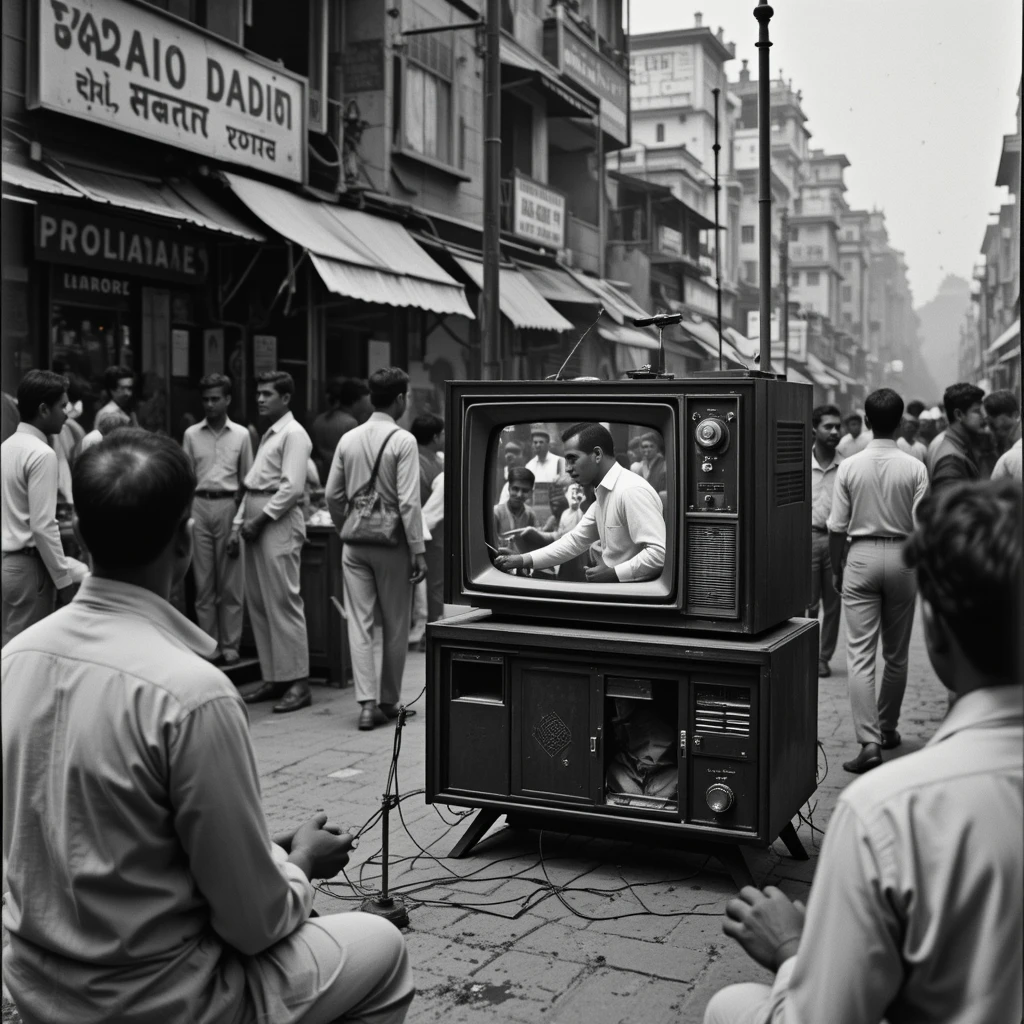
Table of Contents
This article explores the establishment of television in India, the key figures and methods involved, its growth before and during the Emergency, and major milestones, drawing on historical records to provide a comprehensive view.
Establishing the Foundations: Origins and Key Contributors
Television’s inception in India was driven by a commitment to leverage modern technology for societal advancement, particularly in education and rural upliftment. The concept gained momentum in the post-independence era, influenced by global broadcasting trends and India’s developmental priorities. Prime Minister Jawaharlal Nehru, known for his emphasis on scientific progress, viewed television as a means to bridge educational gaps in a largely illiterate population. The initiative was spearheaded by the Government of India through the Ministry of Information and Broadcasting (I&B), with All India Radio (AIR) serving as the operational backbone.
International support played a crucial role. The United Nations Educational, Scientific and Cultural Organization (UNESCO) provided a grant for equipment, while the Dutch firm Philips supplied a low-power 500-watt transmitter. Engineers from AIR set up a temporary studio in Delhi’s Akashvani Bhavan, marking the practical launch. B.V. Keskar, the I&B Minister from 1952 to 1962, oversaw the integration of television into existing radio infrastructure, aligning it with national goals of public enlightenment.
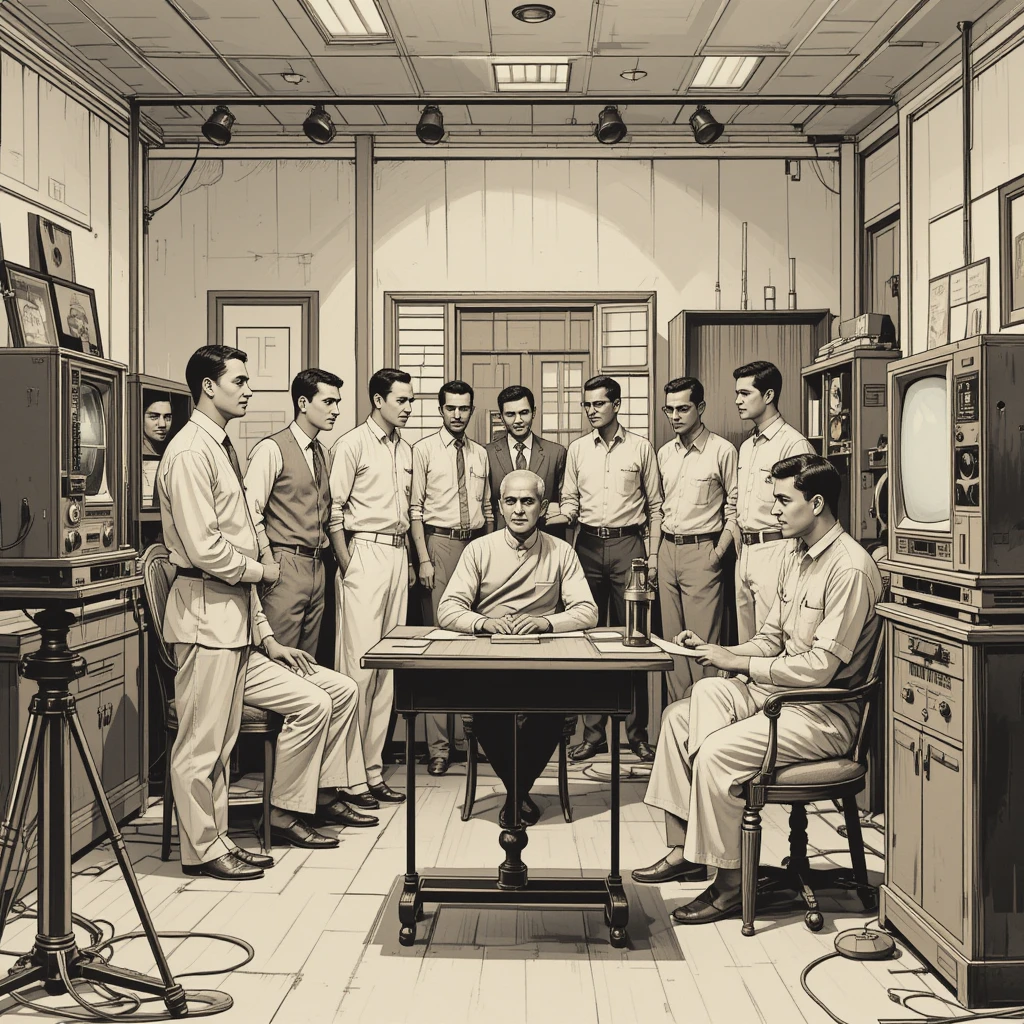
The early setup was rudimentary: broadcasts reached only a 40-kilometer radius, airing twice weekly for roughly an hour, primarily featuring educational content for schools and community groups. This approach embodied Nehru’s vision of technology as a public good, rather than a commercial enterprise, setting television apart from its entertainment-focused counterparts in the West.
Growth Prior to the 1975 Emergency
The decade following the 1959 launch saw steady, albeit gradual, progress in television infrastructure and programming, all predating the Emergency. By 1965, Delhi introduced daily broadcasts, including short news segments, with Pratima Puri becoming the nation’s first news anchor. In 1967, the program “Krishi Darshan” premiered on Republic Day, offering agricultural advice to farmers and establishing itself as one of India’s enduring TV shows.
Expansion beyond Delhi began in the early 1970s. Stations were established in Mumbai (formerly Bombay) and Amritsar in 1972, followed by Srinagar, Kolkata (Calcutta), Chennai (Madras), and Lucknow by 1975, covering just seven urban centers. Television sets remained scarce, often shared in community settings, and content prioritized development themes over leisure.
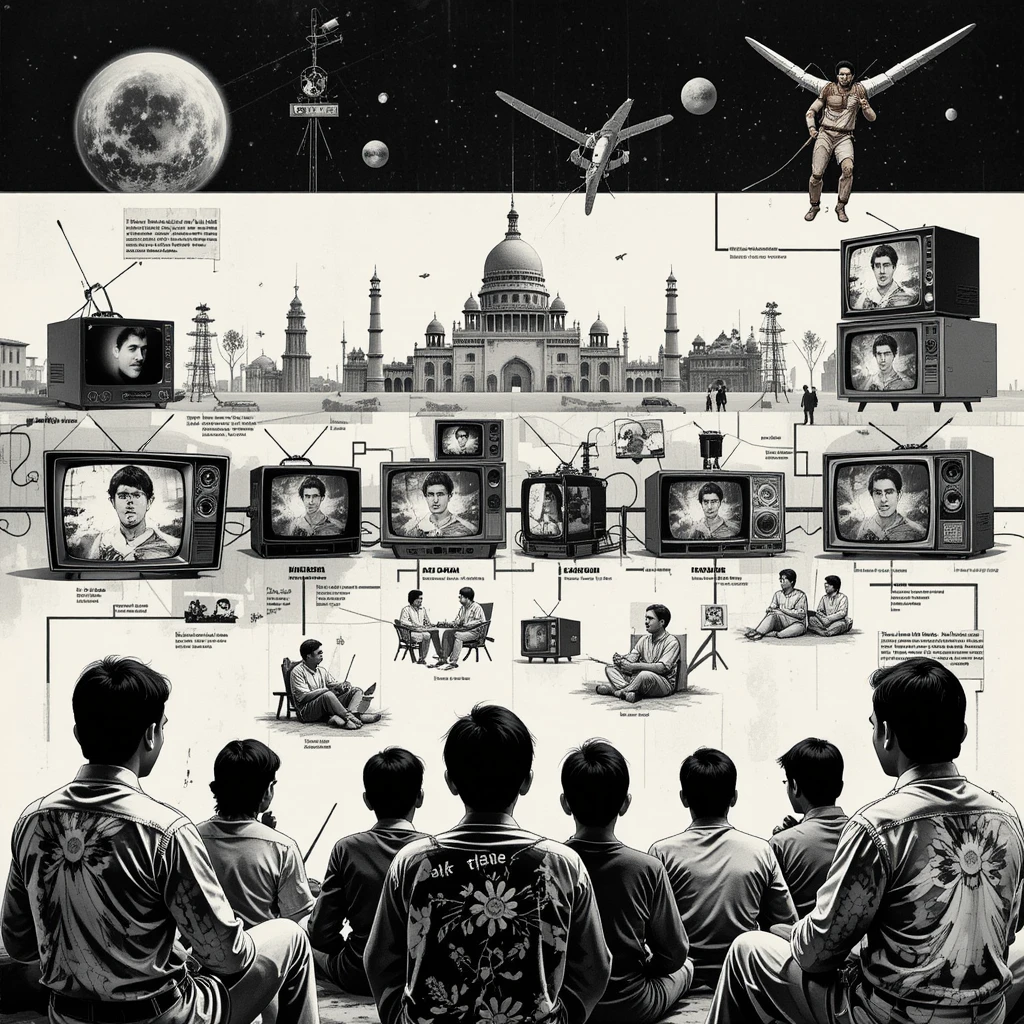
A pivotal innovation was the Satellite Instructional Television Experiment (SITE), launched in August 1975—just before the Emergency’s full grip—and running through July 1976. Collaborating with NASA using the ATS-6 satellite, SITE delivered educational programs to over 2,400 villages in six states, proving television’s viability for remote outreach. Conceived in the early 1970s, this project highlighted pre-Emergency commitments to inclusive technology.
These advancements were funded by the government, with no private sector involvement, reflecting a state-monopoly model focused on public welfare.
Developments Amid the 1975-1977 Emergency
The Emergency, proclaimed by Indira Gandhi on June 25, 1975, amid political turmoil, did not spark television’s creation—it was already operational for 16 years—but it reshaped its function. Under strict censorship, Doordarshan (as it was increasingly known) became a vehicle for promoting government policies, such as the 20-Point Programme, while suppressing opposition views. Gandhi herself addressed the nation on television the day after the declaration, framing the measures as necessary for stability.
The ongoing SITE program, though educational in intent, operated under this regime, potentially amplifying state narratives in rural areas. In 1976, television was formally detached from AIR, forming Doordarshan as a separate entity under the I&B Ministry, a move planned earlier but executed during the Emergency to streamline control. Critics note this period as one where broadcasting lost independence, with content heavily vetted to align with official lines.
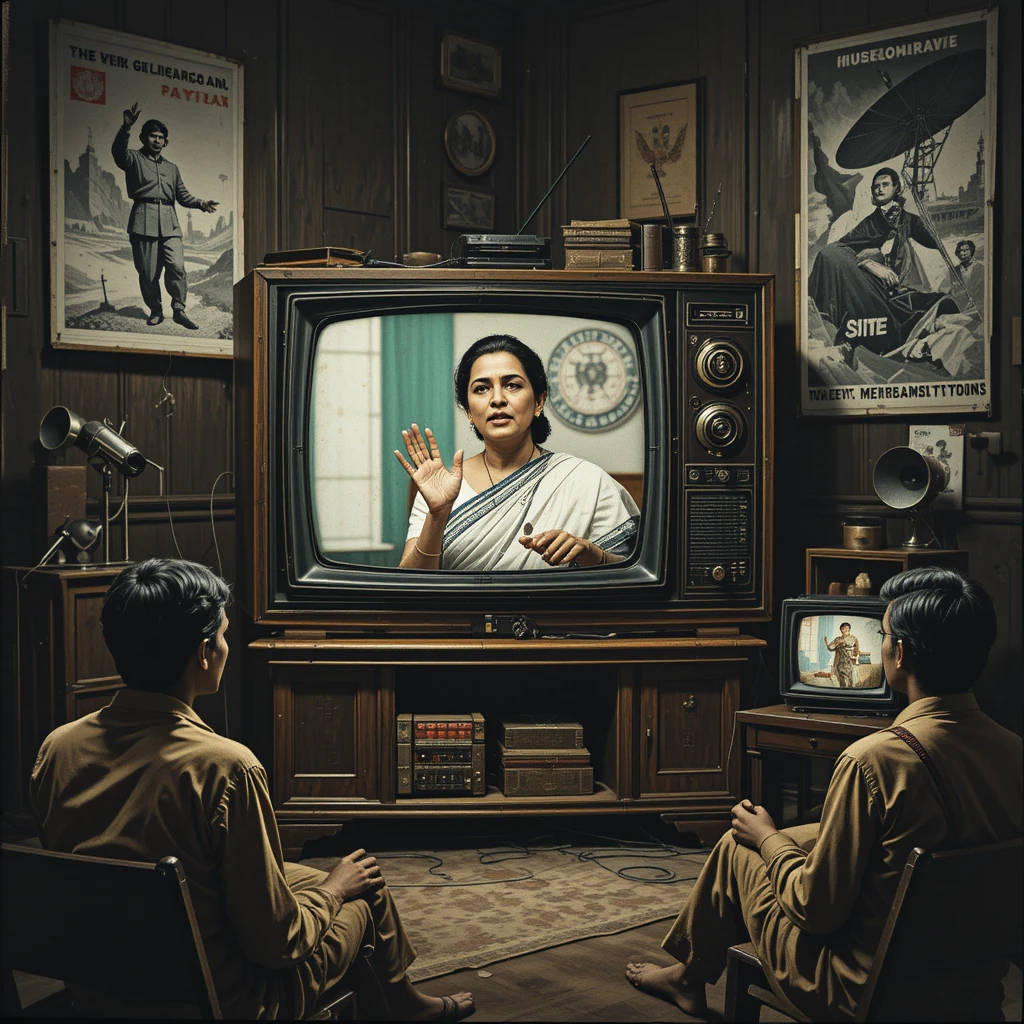
Despite the constraints, infrastructural work continued, laying groundwork for future expansion.
Subsequent Milestones and Legacy
Post-Emergency, television surged forward. Color broadcasting debuted in 1982 with Gandhi’s Independence Day speech and coverage of the Asian Games in Delhi, significantly increasing accessibility and popularity. The 1990s brought liberalization, introducing private channels like Zee TV in 1992 and satellite TV, diversifying content beyond state dominance.
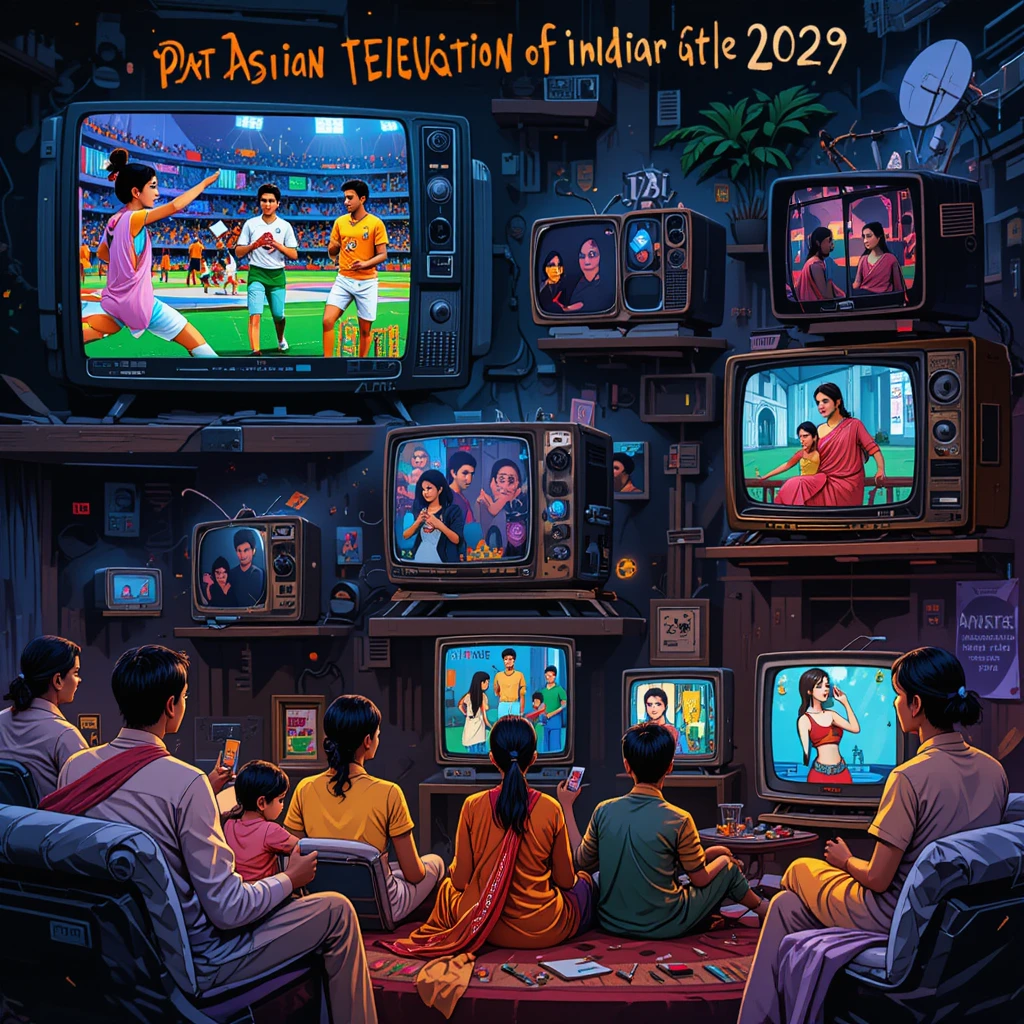
Television’s evolution mirrors India’s transition from socialist planning to a media-rich democracy, influencing culture, politics, and education profoundly.
References
- A Brief History of Television in India – DAV University (PDF):
- History of Television in India – Eduindex News:
- Doordarshan – Wikipedia:
- Evolution of Television Broadcast in India
- Television in India: Once an Idiot Box becomes 24×7 Companion –
- Until 1975, only 7 Indian cities were covered by TV – Times of India: https://timesofindia.indiatimes.com/india/until-1975-only-7-indian-cities-were-covered-by-tv/articleshow/17188036.cms (Nov 12, 2012) – Highlights limited urban coverage.
- When was the television service introduced for the first time in India – Testbook: https://testbook.com/question-answer/when-was-the-television-service-introduced-for-the–6024dceda486702a018abd47 (Jun 4, 2024) – Mentions UNESCO assistance.
- When was the first television introduced in India? – Quora: https://www.quora.com/When-was-the-first-television-introduced-in-India (Feb 2, 2023) – Confirms 1959 broadcast.
- Television sets to Smart TVs: A look at how TVs in India have evolved – Croma: https://www.croma.com/unboxed/television-sets-to-smart-tvs-a-look-at-how-tvs-in-india-have-evolved?srsltid=AfmBOoqDetCDn_jm9ZdCZcKE15r3sWc9UI_VrTS3oz4cbPaNZxICC3Rr (Aug 10, 2023) – References 1959 experimental telecast.
- Know about the history of Television in India – Maps of India: https://www.mapsofindia.com/my-india/education/know-about-the-history-of-television-in-india (Nov 16, 2021) – Details Delhi launch.
- Doordarshan was India’s first television channel – Facebook (IDBI Bank): https://www.facebook.com/IDBIBank/videos/doordarshan-was-indias-first-television-channel-regular-transmission-started-in-/1204690726576107/ (Sep 15, 2020) – Notes 1965 regular transmissions.
- History of Television in India – Eduindex News: https://eduindex.org/2022/06/23/history-of-television-in-india/ (Jun 23, 2022) – Describes two-hour weekly programs under AIR.
- Explained: The origins of television – Times of India: https://timesofindia.indiatimes.com/education/learning-with-toi/explained-the-origins-of-television-when-and-where-did-it-begin/articleshow/99593930.cms (Apr 18, 2023) – Covers 1959 introduction.
- Evolution and History of Television in India – FlexiPrep: https://www.flexiprep.com/NIOS-Notes/Senior-Secondary/Mass-Communication/NIOS-Class-12-Mass-Communication-Ch-13-Television-in-India.html – Discusses experimental phase.
- Television in India – Wikipedia: https://en.wikipedia.org/wiki/Television_in_India – Types of TV and historical context.
- A Brief History of Television in India – DAV University (PDF): https://davuniversity.org/images/files/study-material/History%2520of%2520DD.pdf – Experimental transmission.
- History of Television in India – Eduindex News: https://eduindex.org/2022/06/23/history-of-television-in-india/ (Jun 23, 2022) – Invention by John Baird and BBC start.
- Evolution of Television Broadcast in India – Passion for Truth TV: http://www.passionfortruthtv.com/ – 1959 debut.
- The Meteoric Rise of Television in India – Journalism University: https://journalism.university/introduction-to-journalism-and-mass-communication/meteoric-rise-television-india-education-entertainment/ (Dec 30, 2023) – 1959 experimental broadcast.
- Television industry in India – StockGro: https://www.stockgro.club/blogs/trending/indian-television-industry/ (Mar 8, 2024) – 1959 telecasting experiment.
- Television sets to Smart TVs – Croma: https://www.croma.com/unboxed/television-sets-to-smart-tvs-a-look-at-how-tvs-in-india-have-evolved?srsltid=AfmBOoqK4UQxMaZTqptxZn0wLXjVK0nmf_fTryGb-Xh-otRDo8cOMDHD (Aug 10, 2023) – 1950 demo.
- Which is the first television in India? – Quora: https://www.quora.com/Which-is-the-first-television-in-India (Jan 20, 2023) – Doordarshan broadcast.
- Doordarshan – Wikipedia: https://en.wikipedia.org/wiki/Doordarshan – Established 1959.
- History of Television in India – Eduindex News: https://eduindex.org/2023/10/05/history-of-television-in-india-2/ (Oct 5, 2023) – Trial basis.
- In India, the Golden Age of Television Is Now – New York Times: https://www.nytimes.com/2007/02/11/business/yourmoney/11india.html (Feb 11, 2007) – Sony channels.
- Indian TV – MIT: http://web.mit.edu/sctv/old_sites/20030214144301/http:/mitv.mit.edu/HK/Indian.TV.html – Philips involvement.
- Educational TV was first introduced in India in which year? – Testbook: https://testbook.com/question-answer/educational-tv-was-first-introduced-in-india-in-wh–616e95b620bc76ea51eb490c – UNESCO support.
- Television in India: Once an Idiot Box – Indian Media Studies: https://indianmediastudies.com/television-in-india/ – 1959 journey.
- A Brief History of Television in India – DAV University (PDF): https://davuniversity.org/images/files/study-material/History%2520of%2520DD.pdf – SITE 1975-76.
- The Indian Mass Media System: Before, During and After… – SN School (PDF): http://snschool.yolasite.com/resources/Indian%2520media%2520system%2520during…pdf – Emergency context.
- Broadcasting in India: A Historical Overview – Doing Sociology: https://doingsociology.org/2021/04/19/broadcasting-in-india-a-historical-overview-sudeshna-devi/ (Apr 19, 2021) – Emergency impact.
- Television in India – Wikipedia: https://en.wikipedia.org/wiki/Television_in_India – SITE importance.
- Doordarshan | Britannica: https://www.britannica.com/topic/Doordarshan (Jul 3, 2025) – Emergency role.
- The Case of the Indian Emergency 1975-1977 – CSUSB ScholarWorks (PDF): https://scholarworks.lib.csusb.edu/cgi/viewcontent.cgi?article=1523&context=jitim – Doordarshan creation.
- History of Mass Media in India – NIMC India: https://www.nimc-india.com/history-mass-media-india.html – 1959 launch and Emergency.
- Indian television has come a long way – India Today: https://www.indiatoday.in/magazine/society-and-the-arts/media/story/19851231-indian-television-has-come-a-long-way-since-its-hesitant-and-humble-beginnings-802285-2014-01-27 (Jan 28, 2014) – Gandhi’s address.
- Indira Gandhi’s Call of Emergency – Calcutta University (PDF): https://www.caluniv.ac.in/global-mdia-journal/Article-Nov-2017/A4.pdf – Censorship.
- Emergency in India (1975-77) – HistoryHub: https://historyhub.info/emergency-in-india/ (Oct 21, 2018) – TV manufacturing.
- A Brief History of Television in India – DAV University (PDF): https://davuniversity.org/images/files/study-material/History%2520of%2520DD.pdf – 1975 stations.
- From Doordarshan to Digital – Journalism University: https://journalism.university/broadcast-and-online-journalism/evolution-indian-television-doordarshan-digital/ (Dec 14, 2023) – 1982 color milestone.
- Television industry in India – StockGro: https://www.stockgro.club/blogs/trending/indian-television-industry/ (Mar 8, 2024) – 1965 regular.
- History of Television in India – Eduindex News: https://eduindex.org/2022/06/23/history-of-television-in-india/ (Jun 23, 2022) – Experimental start.
- DOORDARSHAN: KEY MILESTONES – JMC Study Hub: https://jmcstudyhub.com/doordarshan-key-milstones-and-iconic-programs/ (Sep 15, 2024) – 1959 birth.
- Doordarshan | Britannica: https://www.britannica.com/topic/Doordarshan (Jul 3, 2025) – Krishi Darshan.
- Indian TV – MIT: http://web.mit.edu/sctv/old_sites/20030214144301/http:/mitv.mit.edu/HK/Indian.TV.html – Late 1950s beginnings.
- The Evolution Of Hindi Television – Feminism in India: https://feminisminindia.com/2019/04/17/indian-television-shows-values/ (Apr 17, 2019) – Educational programs.
- Indian television drama – Wikipedia: https://en.wikipedia.org/wiki/Indian_television_drama – Hum Log.
- The Dawn of Indian Television – Journalism University: https://journalism.university/human-development-and-communication/indian-television-evolution-educational-to-entertainment/ (Jan 6, 2024) – 1959 broadcast.
- Television in India: Once an Idiot Box – Indian Media Studies: https://indianmediastudies.com/television-in-india/ – Asian Games coverage.
- TELEVISION IN INDIA – NIOS (PDF): https://www.nios.ac.in/media/documents/srsec335new/ch13.pdf (Feb 18, 2010) – Asian Games milestone.
- The Beginning of Indian Television – YouTube: https://www.youtube.com/watch?v=j-X84RkigWo (Mar 3, 2024) – Doordarshan history.
- Explained: The origins of television – Times of India: https://timesofindia.indiatimes.com/education/learning-with-toi/explained-the-origins-of-television-when-and-where-did-it-begin/articleshow/99593930.cms (Apr 18, 2023) – Satellite TV in 1990s.

